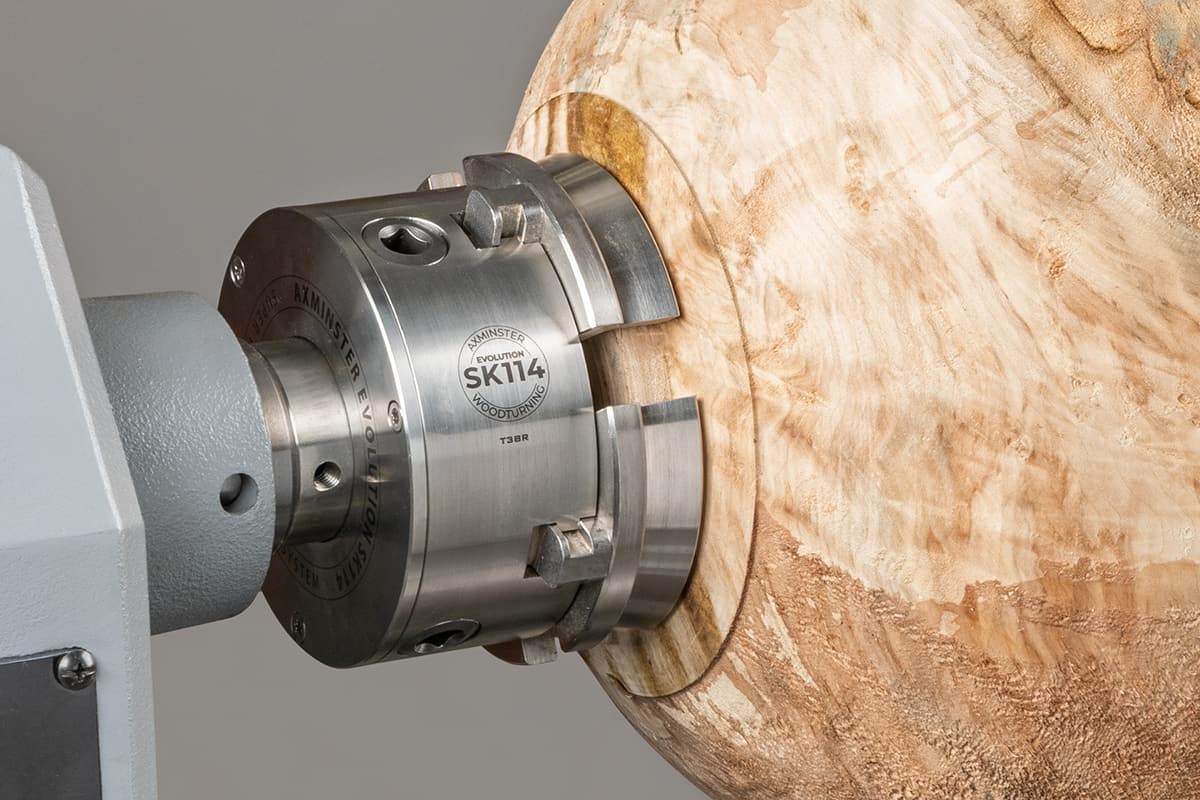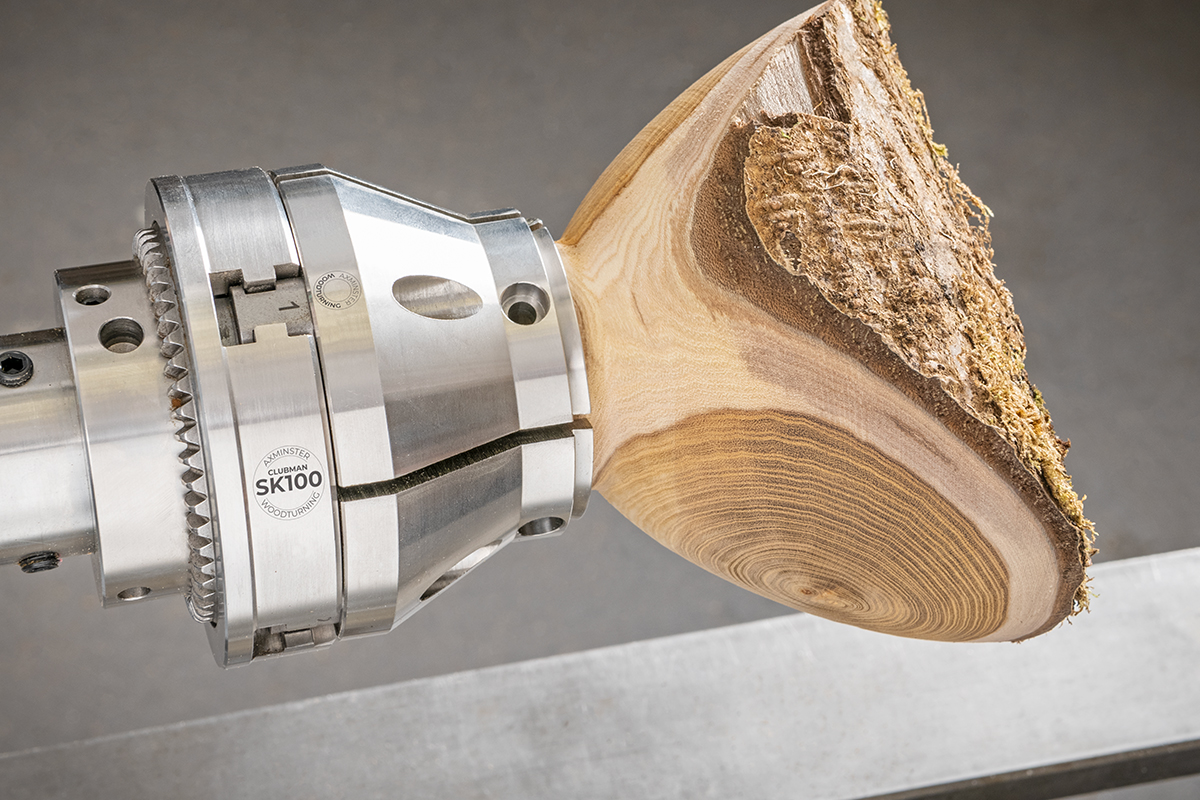When it comes to woodturning, choosing the right chuck can make all the difference in your projects. So, what is the best chuck for woodturning? In this guide, we’ll explore the options and help you find the perfect chuck to enhance your woodworking experience.
Whether you’re a seasoned woodturner or just starting out, finding the best chuck for your needs can be a game-changer. A chuck is a device that holds your workpiece securely on the lathe, allowing you to shape and carve with ease. But with so many options available, it can be overwhelming to know which one to choose.
Don’t worry, we’ve got you covered! In this guide, we’ll walk you through the top chuck options, discuss their features, and help you make an informed decision. So, let’s dive in and find the best chuck for your woodturning adventures!

What is the Best Chuck for Woodturning?
Woodturning is a fascinating art form that requires skill, precision, and the right tools. One essential tool for woodturners is a chuck, which is used to hold the piece of wood securely while it is being shaped on the lathe. But with so many options available in the market, choosing the best chuck for woodturning can be overwhelming. In this article, we will explore the different types of chucks, their features, and which ones are considered the top choices among woodturning enthusiasts. Whether you are a beginner or an experienced woodturner, this guide will help you find the perfect chuck for your needs.
The Key Considerations for Choosing a Woodturning Chuck
When it comes to selecting the best chuck for woodturning, there are several factors to keep in mind. Each woodturner has their own preferences and requirements, but here are some key considerations to help you make an informed decision:
Type of Chuck: Scroll Chucks
Scroll chucks are the most commonly used type of chuck for woodturning. They feature an adjustable chuck body that tightens or loosens the jaws using a threaded mechanism. Scroll chucks are known for their versatility, as they can accommodate a wide range of bowl and spindle sizes. They are particularly useful when working on irregularly shaped pieces or when frequent jaw changes are required. Additionally, scroll chucks typically have excellent gripping power, making them suitable for heavy-duty projects. Some popular scroll chucks in the market include the Nova G3 Chuck, the Oneway Talon Chuck, and the Easy Wood Tools C-Series Chuck.
When choosing a scroll chuck, consider factors such as jaw size, material, and ease of use. Select a chuck that has jaws that can be easily adjusted and centered, as this will save you time and effort. Additionally, opt for a chuck with a strong grip and solid construction, as it will provide stability and accuracy during woodturning. Many woodturners also prefer scroll chucks with reversible jaws, as they allow for expansion and contraction to suit different workpieces. Ultimately, the best scroll chuck for woodturning is one that meets your specific needs and enhances your turning experience.
Key Takeaways: What Is the Best Chuck for Woodturning?
- A chuck is an essential tool for woodturning projects.
- The best chuck for woodturning depends on the type of project and personal preference.
- A four-jaw self-centering chuck offers versatility for various wood sizes and shapes.
- A scroll chuck with interchangeable jaws allows for easy adjustments and customization.
- Consider the quality, durability, and price when choosing the best chuck for woodturning.
Frequently Asked Questions
Welcome to our FAQ section, where we provide answers to commonly asked questions about finding the best chuck for woodturning. Whether you’re a beginner or an experienced woodturner, we’re here to help you choose the right chuck for your turning projects.
Q1: What factors should I consider when choosing a chuck for woodturning?
When selecting a chuck for woodturning, there are a few crucial factors to consider. Firstly, think about the size and type of projects you typically work on. Different chucks have varying capacities and specialized features, so it’s essential to consider your specific needs. Secondly, evaluate the ease of use and adjustability of the chuck. A chuck that allows for quick and secure mounting and dismounting of workpieces can save you both time and frustration. Lastly, consider the compatibility of the chuck with your lathe. Ensure that the chuck is compatible with the spindle thread size of your lathe for a proper fit.
By taking these factors into account, you can make an informed decision when choosing the best chuck for your woodturning needs, greatly enhancing your turning experience.
Q2: What are the different types of chucks available for woodturning?
There are two primary types of chucks commonly used in woodturning: four-jaw chucks and scroll chucks. Four-jaw chucks offer independent adjustability of each jaw, allowing you to securely hold irregularly shaped or off-center workpieces. They provide excellent versatility but can be more time-consuming to set up. On the other hand, scroll chucks feature a scroll mechanism that moves all the jaws simultaneously, giving you a quick and efficient way to mount workpieces. They are easier to set up and often preferred for regular, centered projects.
Ultimately, the choice between these two types of chucks depends on the types of projects you work on and your personal preference. Both can be great options for woodturning, providing you with the necessary grip and convenience during your turning process.
Q3: How important is the quality of the chuck for woodturning?
The quality of the chuck is vital for woodturning. A well-made chuck ensures secure and stable holding of your workpiece, which is crucial for safety and accurate turning. Low-quality chucks may have jaw slippage issues or lack the necessary durability to withstand the forces applied during woodturning. Investing in a high-quality chuck not only enhances your turning experience but also provides peace of mind, knowing that you have a reliable tool that will hold your workpiece securely in place.
When considering the quality of a chuck, factors to look for include robust construction, precise machining, and reliable tightening mechanisms. Reading reviews, seeking recommendations from experienced woodturners, and choosing chucks from reputable brands are all good strategies for ensuring you get a high-quality chuck for your woodturning needs.
Q4: Are there any specific features I should look for in a chuck for small projects?
For smaller woodturning projects, several specific chuck features can be beneficial. Look for a chuck with smaller jaws that can securely grip small-diameter workpieces. Additionally, consider a chuck with a compact design and lightweight construction, as this facilitates maneuverability and reduces strain during precise turning on smaller pieces. Some chucks also offer additional features like pin jaws or step jaws, which can provide better grip and compatibility with various shapes and sizes of small projects. Overall, choosing a chuck with these features ensures that you can confidently and effectively work on your small woodturning projects.
Remember, always check the chuck specifications and features to ensure they meet your specific needs for small-scale woodturning, making your turning process efficient and enjoyable.
Q5: How can I maintain and prolong the lifespan of my chuck for woodturning?
Proper maintenance is essential for extending the lifespan of your woodturning chuck. One crucial step is to keep the chuck clean from dust, debris, and wood shavings that can accumulate over time. Regularly inspect and clean the chuck’s jaws and tightening mechanism to ensure smooth operation and prevent any buildup that may affect its performance.
It’s also important to lubricate the chuck’s moving parts, such as the scroll mechanism or jaw slides, according to the manufacturer’s recommendations. Lubrication helps reduce friction and wear, ensuring the chuck operates smoothly. Additionally, avoid exposing the chuck to excessive moisture or corrosive substances that may damage its components.
By following these maintenance practices and handling your chuck with care, you can maximize its lifespan, ensuring that it remains a reliable tool for your woodturning projects for years to come.

Summary:
So, to wrap it up, choosing the best chuck for woodturning depends on your needs. Different chucks offer various features and benefits. Some chucks are versatile and hold a wide range of projects, while others are more specialized for specific tasks. Take into consideration factors like ease of use, durability, and the types of projects you plan on doing. Doing some research and reading customer reviews can help you make an informed decision. Remember, the best chuck is the one that works best for you!
In conclusion, there is no one-size-fits-all answer to what chuck is the best for woodturning. It ultimately depends on your preferences and the type of woodturning projects you undertake. So take your time, consider your options, and find the chuck that suits you and your turning needs the most. Happy woodturning!
